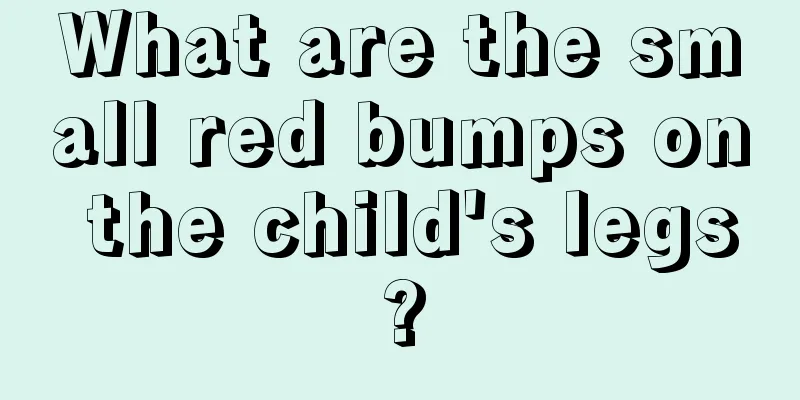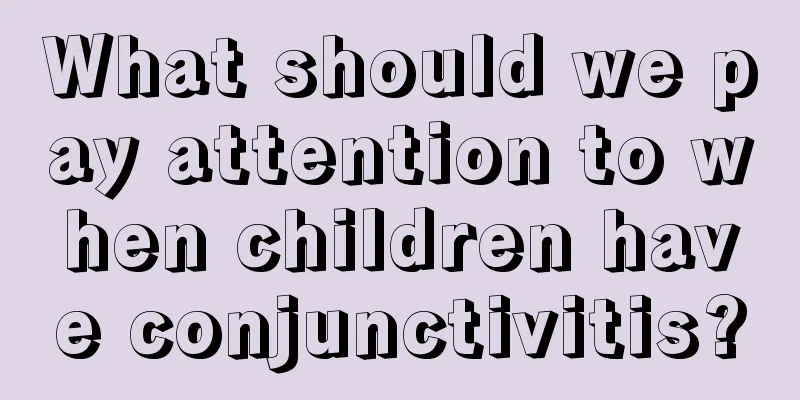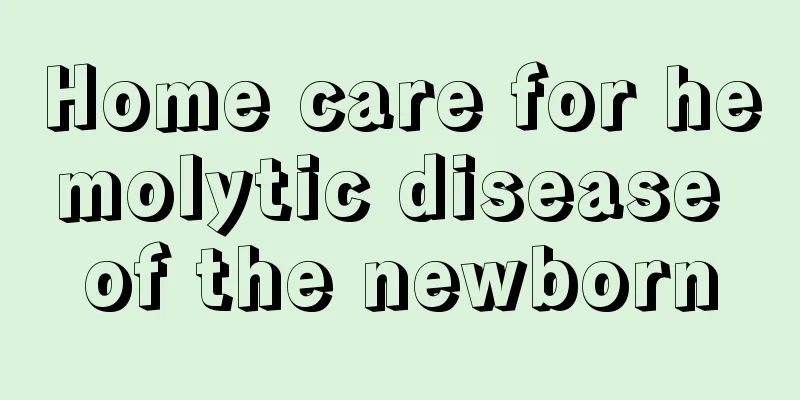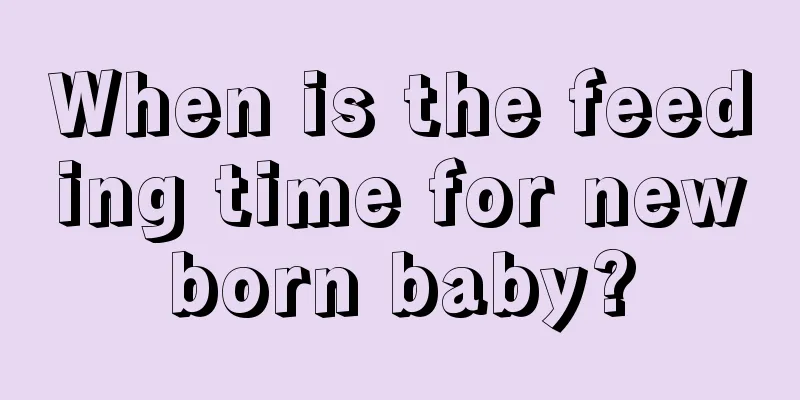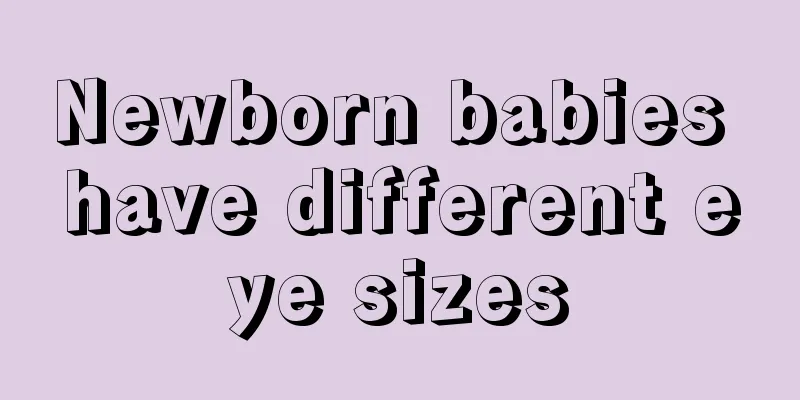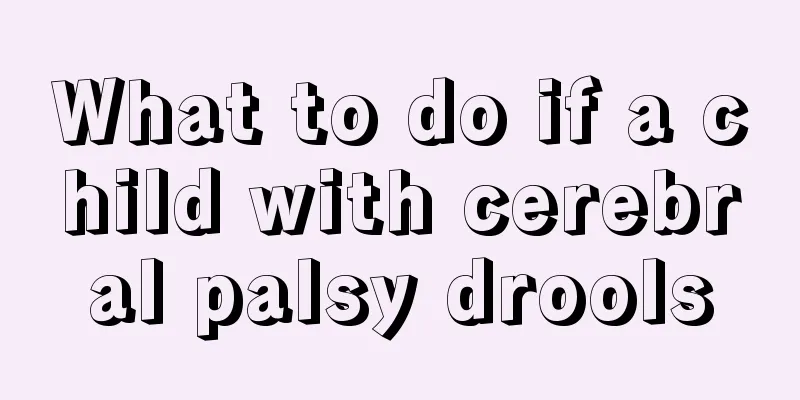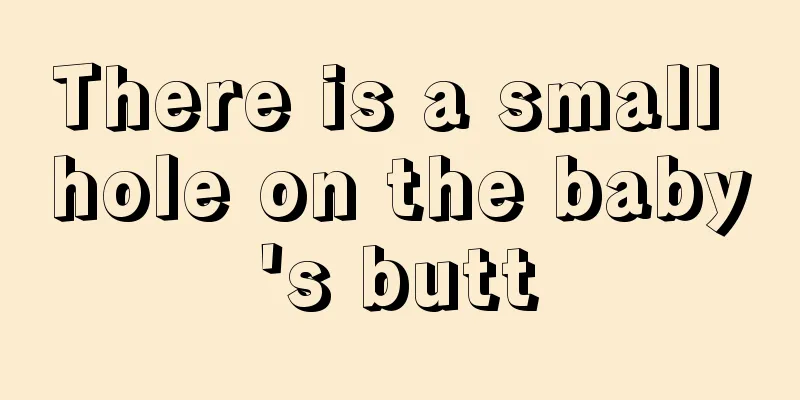At what fever will a child have convulsions?
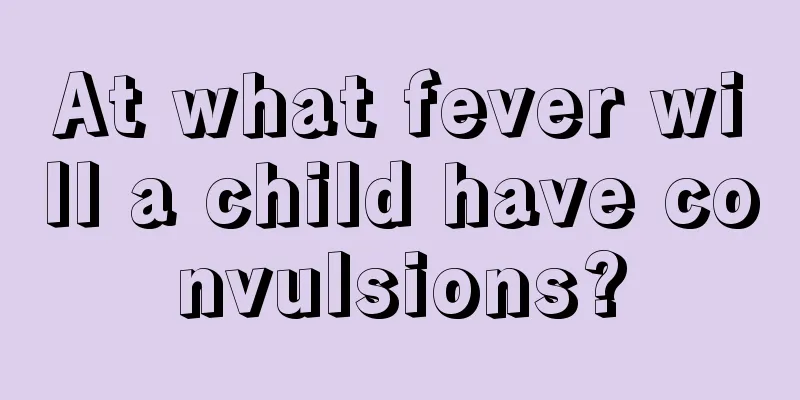
|
Once a child has a fever, family members should pay attention to it, especially when the fever is high. So at what fever will a child have convulsions? Febrile convulsions are a common disease in childhood. When a child's body temperature is high for a long time, the brain nerves will be affected, resulting in convulsions. Only by timely detection and correct treatment can we avoid harm. Generally speaking, a fever above 38.5℃ can easily cause sudden convulsions, with an incidence rate of 2% to 5% in babies under 5 years old. Among them, babies aged 6 months to 3 years have the highest incidence rate, with boys more likely to have more seizures than girls. Convulsions also often occur in acute upper respiratory tract infections within 12 hours after the onset of high fever. They are generally short-term, lasting less than 10 seconds, and severe ones may last for more than 10 to 30 minutes. The patient woke up quickly after the attack, and only one convulsion occurred during a high fever. The baby usually shows sudden onset of whole body or local muscle spasm, and does not respond when called. The baby's head is tilted back or to one side, the eyes are rolled up or slanted to one side or blink frequently, the face and lips are pale or blackened, the teeth are clenched, and there is foaming at the mouth (if the tongue is bitten, blood foam will be spit out), the limbs are stiff or twitching rhythmically, and incontinence may also occur. It is what is commonly known as convulsion or epilepsy. There are many causes of febrile convulsions in babies, which are often caused by bacterial or viral infections. Such as meningitis, brain abscess, tonsillitis, otitis media, upper respiratory tract infection and bacillary dysentery. The baby's nervous system is underdeveloped, and high fever causes the central nervous system to become overexcited. In addition, the occurrence of febrile convulsions is related to genetic factors. 24% of the sick babies have a family history of febrile convulsions, and 4% have a family history of epilepsy. It is not just high fever that can trigger convulsions. There is also a type of afebrile convulsions, which often occur in some non-infectious diseases, such as intracranial hemorrhage, cerebral edema, epilepsy, cerebral hypoplasia, hydrocephalus, microcephaly, as well as nutritional disorders, metabolic disorders (such as hypocalcemic convulsions), hypoglycemia, food poisoning, drug poisoning and certain pesticide poisoning, etc. The above article gives a clear introduction to at what fever a child will have convulsions, and I believe everyone is clear about it. In fact, there are many reasons that lead to fever, such as colds or some viral infections. As long as you can adjust your daily life and avoid contact with various inducements, you can protect your child's health from threats and harm. |
<<: What should I do if my four-year-old child has a fever and diarrhea?
>>: How to prevent children from having fever and convulsions?
Recommend
How to supplement calcium, iron and zinc for children?
In life, many of our parents often have this phen...
What causes a small bump on the neck?
If we have small pimples on our neck, we should p...
Children's feet are itchy and have blisters
Parents should pay attention to children's hy...
Neonatal sputum sound
Some parents will find that their newborn babies ...
What to do if your three-year-old baby has athlete's foot
Everyone should be familiar with the disease of a...
What should I do if my baby has a dent on his head?
Children are naturally lively and like to move ar...
What is the standard height and weight for a one-year-old baby?
Babies are the happy pills of a family and the ne...
What causes pimples on children's bodies?
It is inevitable for children to get sick. No one...
How often should a newborn baby drink water?
Drinking water is a very important thing in peopl...
Why does the baby always retching?
Many parents are very worried because their babie...
How to treat congenital amblyopia in children?
Amblyopia, I believe everyone is familiar with th...
What should I do if my child has heel pain?
As the times change, there are more and more skys...
What to eat when children are changing their teeth
If there is a child in the family, it will defini...
Is it better for children to walk early or late?
Children begin to learn to walk gradually after t...
The reason why babies have swollen eyes in the morning
In fact, in daily life, many people who have just...
